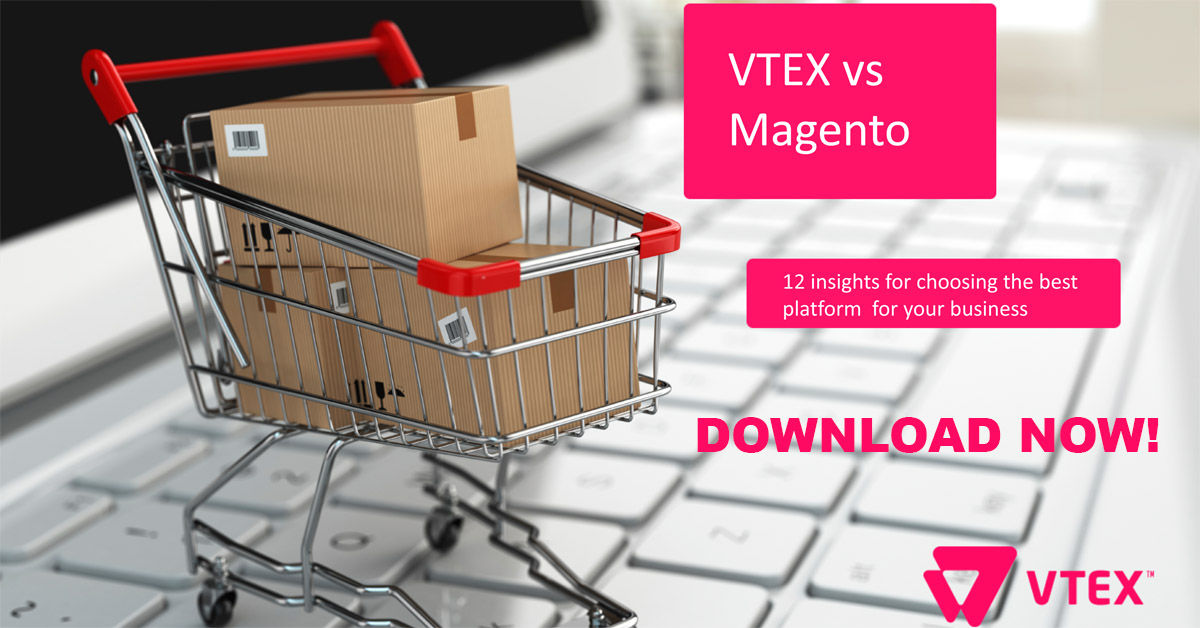
Ecommerce is one of the fastest growing sectors in retail with the revenue from global online sales estimated to reach $4.5 trillion in 2021. This is a 246.15% increase from the $1.3 trillion the sector generated in 2014. In the US alone, the industry is growing at an annual rate of 23%, indicating that more and more businesses realize that ecommerce is the future of retail.
The big volume of sales, however, is not directly proportional to the profit margins entrepreneurs are getting as most online retailers actually report to operate at a loss. In 2015, for example, only 36% out of 74% of online retailers who expected to attain revenue growth achieved their goals.
What affects the profitability of an ecommerce?
Many factors affect profitability in ecommerce. Some of them, like competition, are something that entrepreneurs can’t do much about while others such as the operational cost of business are within the scope of the retailer. One of the ways of reducing the cost of operation in digital commerce is minimizing platform costs.
There are four types of digital commerce deployment models, and each of them has a direct impact on your company’s expenditure. They comprise:
In-house or homegrown
Under this model, an enterprise builds its own digital commerce platform from scratch. The in-house proprietary code is also known as a homegrown platform since the organization uses its resources to develop and maintain it throughout its life cycle.
On-premise
Just like the homegrown model, on-premise license models are developed in-house, but the organization obtains its software license from a commercial provider at a fee. In return, the provider takes care of all the ongoing developments of the platform.
Provider managed license
A commercial provider hosts, manages and maintains the digital commerce platform infrastructure for an organization. However, this model requires clear Service Level Agreements (SLA) to ensure that the provider addresses interruptions when they occur. Infrastructure-as-a-service (IaaS) and Platform-as-a-service (PaaS) also fall under this category.
Software-as-a-Service (SaaS)
Under the SaaS model, an organization contracts a commercial provider to host their software and infrastructure. The contracted party provides comprehensive management of the platform’s systems, network, and security.
How to analyze the costs of each platform model?
The cost of each deployment model varies with its total cost of ownership (TCO) and the cost of integrating other businesses within the organization’s ecosystem into the system. It is therefore crucial for business owners to weigh in these factors before settling on a model.
The in-house proprietary code is the most expensive model as it comes with the most fixed costs. Companies that opt for this platform incur a lot of costs since they have to employ an in-house development team, purchase hardware infrastructure, invest in peripheral software, take care of incremental expenses to facilitate business growth, and handle all the management and maintenance of the platform. Businesses also suffer indirect costs because they have to delay other business-critical projects or concentrate less on them as they develop the implementation platform.
The SaaS deployment model, on the other hand, is the most business-friendly platform since it comes with the lowest cost of acquisition, integration, and management. SaaS technology enables organizations to move from capital expenditure (CAPEX) models to operational expenditures (OPEX) which reduces ecommerce platform costs by up to 90%. An on-premise implementation that costs $1M to develop and implement could cost $150,000 to implement in the cloud. Cloud SaaS technologies are cheaper because they come with well-defined APIs, open standards, and the ability to implement repeatable patterns.
Another advantage of SaaS deployment models is that they are highly scalable since they are designed to accommodate the growing needs of any company. As a business expands, they don’t need to acquire additional software and hardware infrastructure. SaaS Cloud platforms like VTEX provide greater agility to companies to implement their e-commerce projects, giving them strategic support and frees them from worrying about IT staffing and infrastructures. That way is giving them more time and resources to concentrate and invest in the growth of their business.














